Ebikes are experiencing a surge in popularity as a means of transportation, particularly among individuals seeking a more environmentally-friendly option. For those interested in exploring the world of ebikes, having a thorough understanding of their characteristics is crucial for a successful introduction. The weight of an ebike is the initial piece of information one should familiarize themselves with. It is not uncommon for newcomers to be surprised by the weight of ebikes. Hence, it is essential to determine what goes into the approximate weight of an ebike.
The weight of an e-bike
|
Component |
Weight |
|
Motor |
The electrical system plays a pivotal role in differentiating an electric bike from a conventional bicycle. The motor is connected to a controller that converts electrical energy into mechanical energy, propelling the electric bike forward. The motor weight will vary depending on frame classification. A typical motor weighs approximately 10 pounds while a rear hub motor weighs a pound or two more. |
|
The weight of the battery directly affects the overall weight of the bike because it is one of the heaviest components. The higher the capacity, the more cells are needed to store the same amount of energy, resulting in a heavier battery. |
|
|
Frame |
Unlike conventional bicycles, the frame of an e-bike is designed to support additional components, thus having better load-bearing capacity. Typically, e-bike frames are constructed with carbon fibre, steel or lightweight aluminum. The choice of frame material may vary depending on the size and model, resulting in variations in weight. |
|
Tyre |
Tyres play a crucial role in determining the weight of an electric bicycle. There are two commonly used types of tyres for ebikes: narrow tyres and fat tyres. Narrow tyres are designed to enhance efficiency and are relatively lighter, whereas fat tyres offer increased stability at the cost of being heavier. |
|
Other |
Components such as handlebars, throttle, rear rack, brakes, monitor, pedals, saddle, sensors and front and rear lights, among others, all contribute to the overall weight of an electric assist bike. |
Typically, an electric bicycle has a weight range of 40 lbs - 80 lbs, making it significantly heavier than a traditional bicycle. The weight of an e-bike can vary based on factors such as the specific frame model, motor size, battery size and other components. For example, Cyrusher electric bikes tend to weigh between 62 lbs and 74 lbs.

**Relation between different e-bike types and weight**
The variance in the frame structure among different models of electric bicycles can also result in variations in their total weight.
Urban narrow tyre electric bike
Urban electric bikes are usually crafted with narrower tyres, as the flat and smooth nature of city roads allows for greater riding efficiency. Consequently, these models prioritize lighter weight to optimize riding efficiency and improve portability.
Folding e bike
Folding e-bikes possess a distinctive edge thanks to their compact storage design. To maintain stability while ensuring easy storage and portability, folding e-bikes compromise on their frame structure. As a result, the weight of folding e-bikes tends to be on the lighter side, allowing riders to travel with greater convenience.
Mountain electric bike/full suspension e bike
Mountain e-bikes for adventure riding typically incorporate specialized components to guarantee optimal riding performance. For instance, these bikes are equipped with larger, puncture-resistant fat tyres designed to withstand the challenge of various riding surfaces. As well, they feature high-quality full suspension systems that effectively mitigate the impact of bumps on the road. Consequently, while these mountain e-bikes may be heavier in terms of weight, they offer a superior riding experience.

All terrain electric bike
Cycling experiences can be significantly enhanced with all-terrain bikes, similar to mountain bikes. They can easily adapt to various riding surfaces, ensuring a smooth and enjoyable riding adventure. Commonly, all-terrain e-bikes come equipped with features such as fat tyres, a full suspension system, a hydraulic brake system and other essential components that boost riding performance. The addition of these features does, however, result in a bike that is heavier as a whole because it contains more components.
Heavier or lighter?
When searching for an e-bike, the majority of individuals tend to place importance on the frame construction, performance of the vehicle and price. However, newcomers should also take into account the weight of an e-bike since it is a significant detail that should not be overlooked.
Lightweight models are undeniably the most preferred by users, as they offer similar portability to traditional bicycles, making it easier for riders to transition from regular biking to e-bike riding. Having said that, the inclusion of a motor and batteries adds considerable weight to the ebike model, as the electrical system requires assistance.
It is well-established that the performance of the motor and battery have an inverse relationship to the ebike weight. This means that if riders want a lighter vehicle weight, they will have to make compromises on performance. Let's take the battery as an example. A 48V 13ah battery will be lighter than a 52V 20ah battery. Even so, the more lightweight battery will significantly reduce driving range and require more power to climb steep inclines. Admittedly,with technological advances, some batteries are capable of holding more capacity while still being lightweight but this improvement comes at a higher cost.
Hence, users should take into account their typical e-bike usage scenarios. If their primary purpose is to ride daily on city streets, then opting for a battery with a moderate capacity would meet their riding requirements. However, for riders who seek more adventurous mountain rides, a high-capacity battery that offers strong power and a long range would serve them better, despite the added weight. Users can also assess their riding range demands, and those requiring further distance coverage would need to select a high-capacity battery. To illustrate, Cyrusher offers two step-through models, the Cyrusher Kommoda and Cyrusher Trax, each catering to different riders' varying needs and driving styles.
|
Model |
||
|
Price |
£2,099 |
£2,799 |
|
Range |
50 miles (80 km) - PAS 1 |
56 miles (90km) |
|
Speed |
26 mph (42 km/h) |
18-24mph (28-39km/h) |
|
Motor |
250W Bafang |
250W Bafang |
|
Battery |
48V 14Ah Samsung/LG |
52V 20Ah LG |
|
Suspension |
front and rear |
suspension fork and air rear |
|
Transmission |
Shimano 7-speed |
Shimano 9-speed |
|
Tyre |
20”x4” fat tyre |
26"×4.0" puncture-resistant fat tyres |
|
Brake |
Large 180mm dual hydraulic disc brakes |
Logan Hydraulic Disc Brakes |
|
Rider Height |
5'3" ~ 6'0" (160 ~183cm) |
5'7" ~ 6'6" (170cm ~ 200cm) |
|
Bike Weight |
68 lbs |
74 lbs |
As observed, there is a significant disparity in weight between the two models. The Kommoda comes with a 48V 14Ah battery that offers a restricted range. On the other hand, the Trax boasts a 52V 20Ah battery, providing it with a competitive edge in terms of range.

In addition to the battery variation, the two electric bicycles also offer different tyre choices. The Kommoda model features smaller fat tyres ideal for city commuting and decreasing vehicle weight. Contrary to this, the Trax model has chosen to use larger, wide tyres which can handle various rough road conditions but do not provide an advantage in terms of weight.
When considering an e-bike, it's essential to recognize that its weight differs significantly from that of a traditional bicycle because of the added electric assistance. If you're looking for superior performance, there may be a trade-off in weight or price. On the other hand, if the e-bike is used for daily riding and good portability is required, a model with moderate performance and less weight might be more practical.
Tips to reduce ebike weight
Riding on the road can cause mud and sand to accumulate in the frame and tyres, increasing the vehicle's overall weight and creating more resistance when trying to move forward.
-
Replace narrower tyres
For riders who are skilled in making modifications, another option to reduce the weight of your e-bike is to replace the tyres with narrower ones. If you do this, remember that narrower tyres are more suitable for smooth road surfaces and have less grip compared to fat tyres.
-
Reduce the heavy load
If the electric bike is excessively heavy, one can decrease the load being carried to reduce the resistance while riding. It then becomes simpler to accelerate and achieve higher speeds. Moreover, reducing the weight facilitates easier bike maneuverability and control.
Whether or not to buy an electric bike
If you are wondering whether the weight of a bike may be a concern for you, then taking a test ride can provide a better understanding of your specific needs. Most riders who purchase an e-bike are initially surprised by its weight but quickly realize that the electric assistance greatly enhances their riding experience. Unlike traditional bicycles that require constant pedaling to maintain forward momentum, e-bikes offer the flexibility to adjust the pedal assist mode, allowing you to determine how frequently you pedal.

Additionally, individuals with mobility issues can benefit from the e-bike's electric-only mode, enabling them to travel more independently. Therefore, for those interested in trying electric riding, the power-assisted mode of an electric bike can effectively compensate for the inconvenience caused by weight.


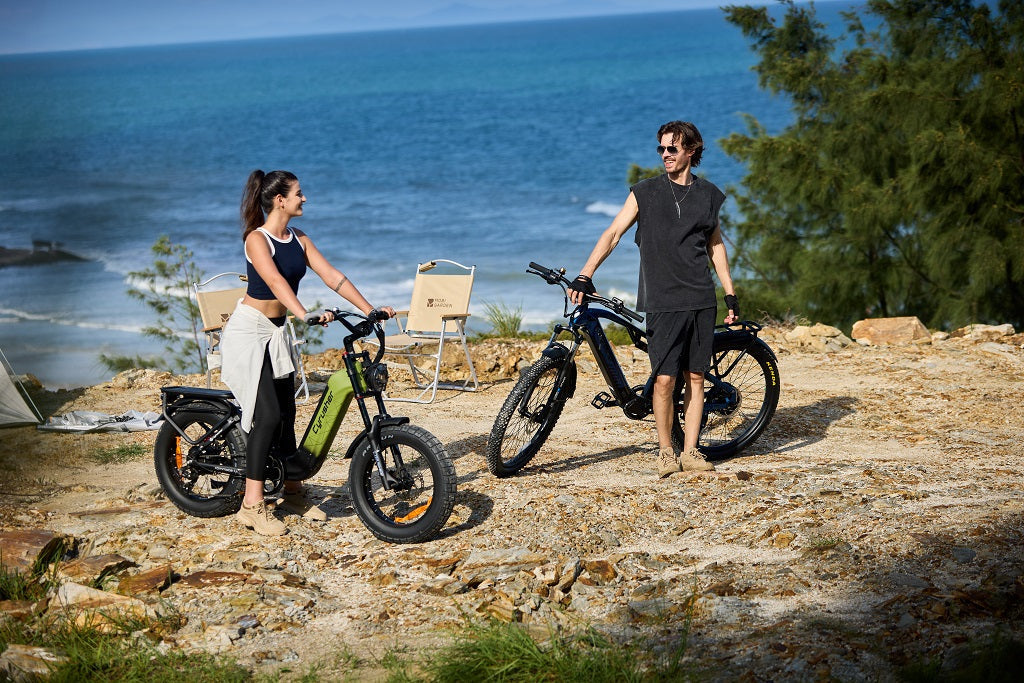

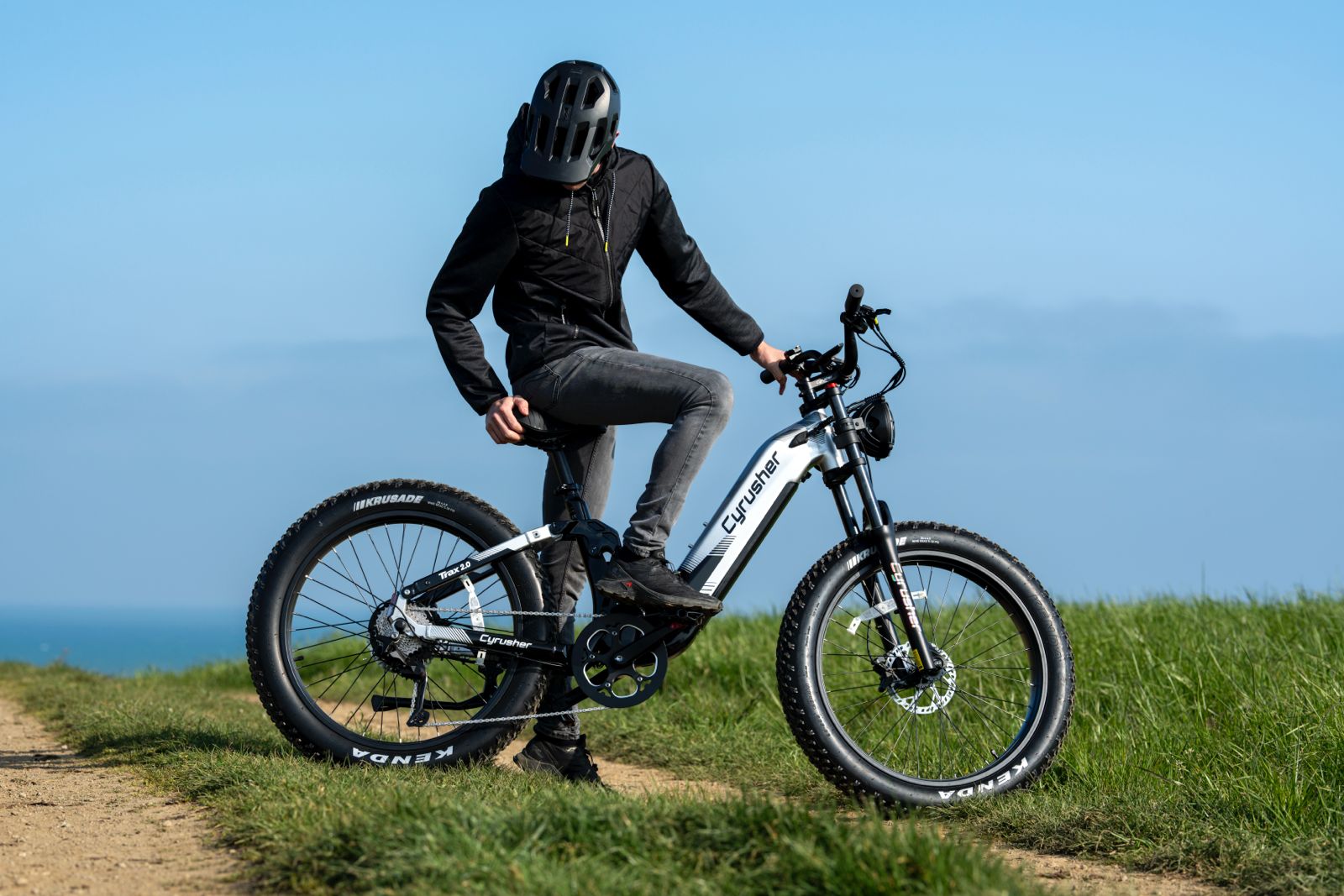

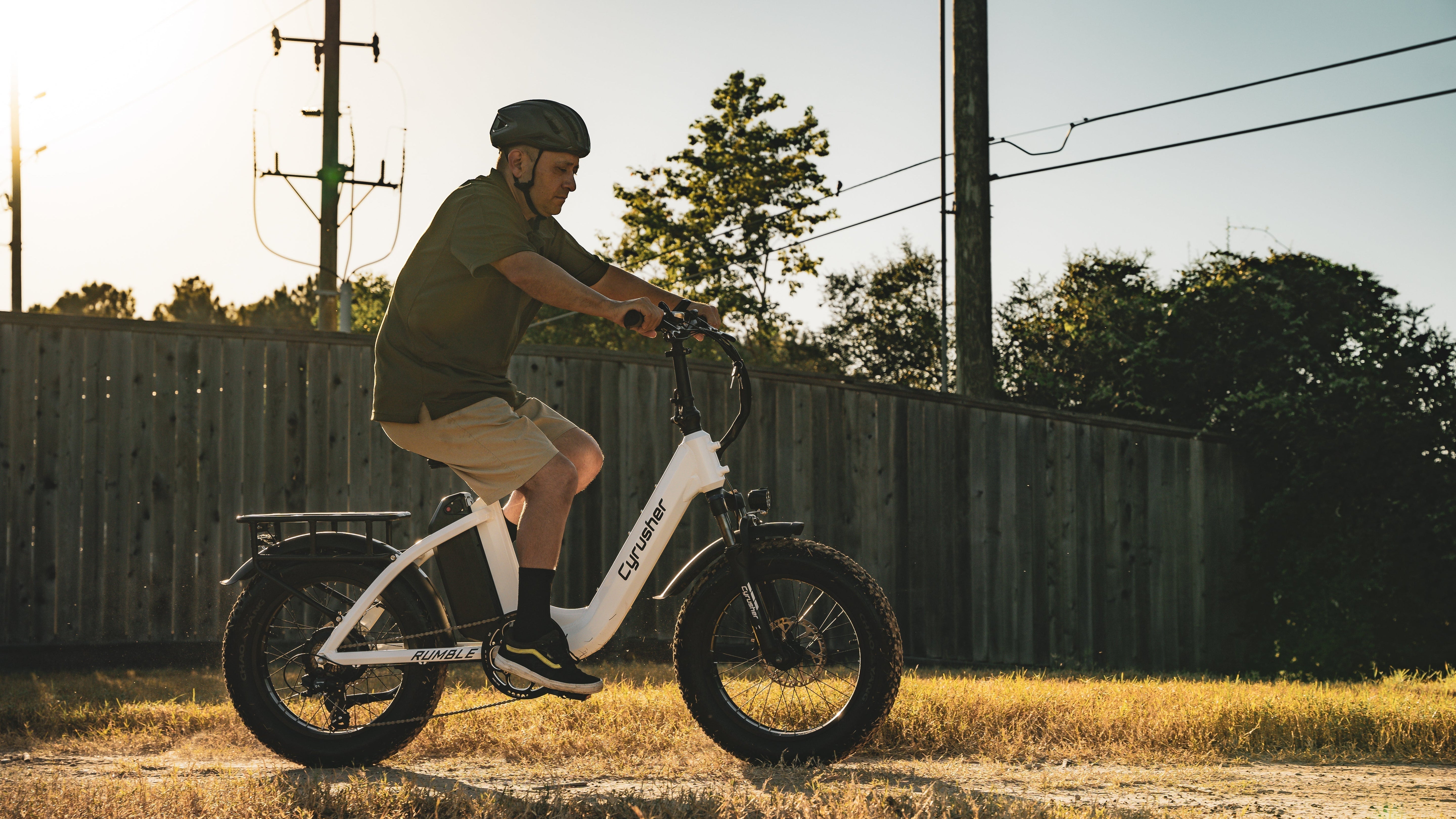

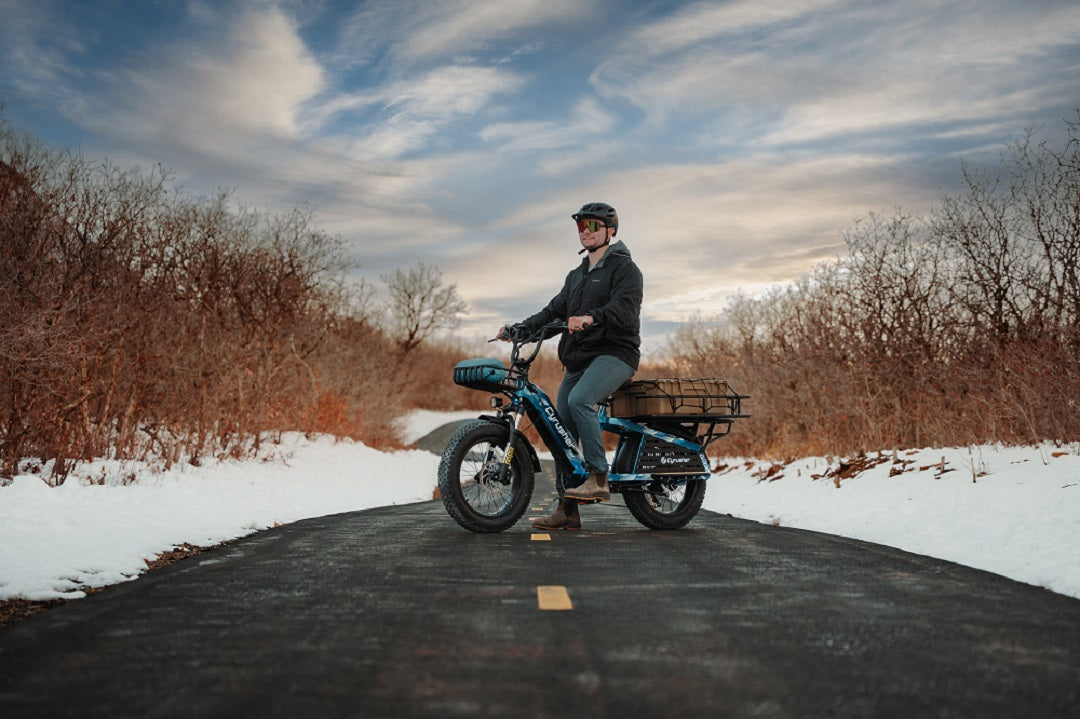
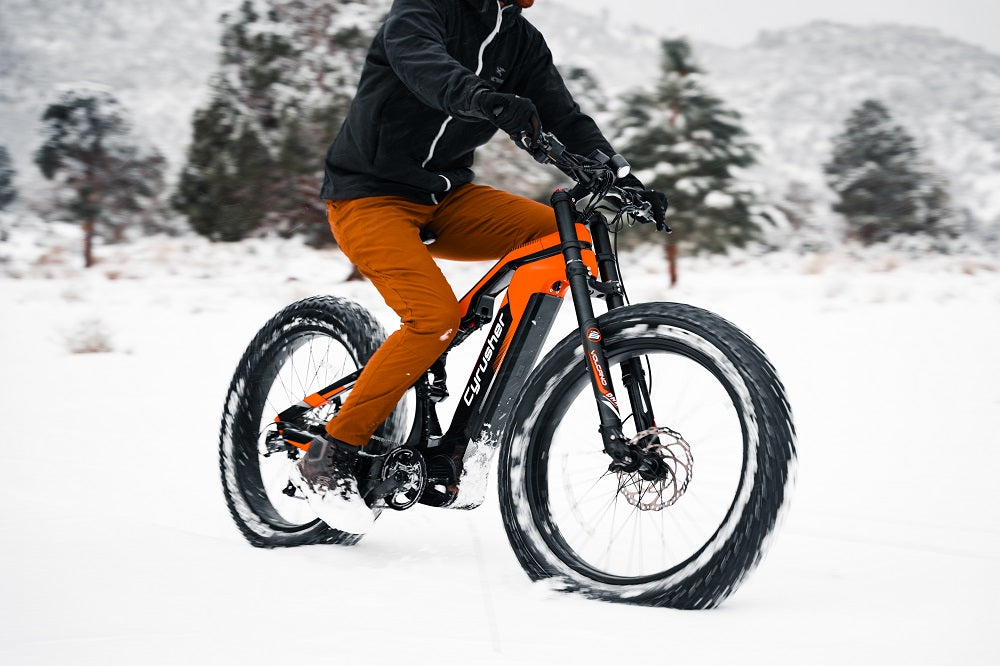
Share:
How to Make Your Ebike Go Faster
Ultimate Guide to Ebike Brakes: Hydraulic Brake vs Mechanical Disc Brake